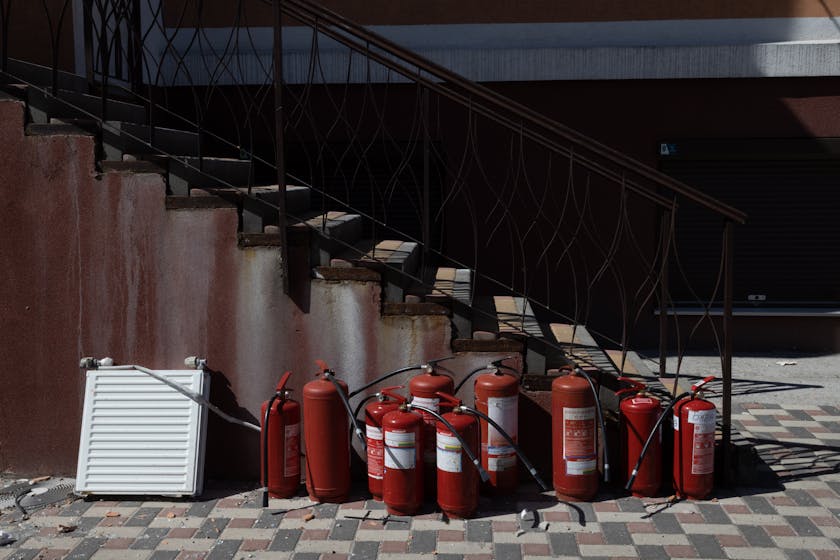If you’re considering bulk meal storage for emergency preparedness, once-a-month cooking can be a lifesaver. Not only does it ensure that you have a supply of meals ready to go in times of need, but it also streamulates the process of cooking and storing food efficiently.
Understanding Bulk Meal Storage for Emergency Preparedness
When you hear about bulk meal storage for emergency preparedness, it’s all about having a substantial quantity of food preserved, so you’re ready for any unforeseen circumstances. Emergencies can strike without warning, and having a plan in place can significantly reduce stress and uncertainty.
Benefits of Once-a-Month Cooking
Once-a-month cooking has multiple advantages:
- Time-saving: Cooking in bulk means you cook once and have meals for the entire month.
- Cost-effective: Buying ingredients in bulk usually results in cost savings.
- Stress reduction: Knowing you have meals prepared in advance can ease your worries during emergencies.
- Healthier eating: You control the ingredients, ensuring you’re eating nutritious meals.
Planning Your Cooking Day
Before you dive into once-a-month cooking, you’ll need a solid plan. Select recipes that freeze well and ensure variety to avoid meal fatigue. Create a shopping list, and don’t forget to account for storage materials like freezer bags and containers.
Step-by-Step Guide to Once-a-Month Cooking
Step 1: Choose recipes that are conducive to freezing and reheating.
Step 2: Purchase all necessary ingredients and storage supplies in bulk.
Step 3: Set aside a day for cooking. Make sure you have enough space in your freezer for the meals.
Step 4: Cook your recipes, let the meals cool, and package them efficiently for freezing.
Step 5: Label each meal with the date and reheating instructions.
Best Practices for Freezing and Storing Meals
Freezing is the cornerstone of bulk meal storage. Here are some tips to ensure the longevity and safety of your stored meals:
- Let food cool before freezing to prevent ice crystals and freezer burn.
- Remove as much air as possible from containers and bags to preserve quality.
- Organize your freezer with the oldest meals in the front to use them first.
Thawing and Reheating Your Stored Meals
When it’s time to eat, proper thawing and reheating are essential. Thaw meals in the refrigerator overnight or use the defrost setting on your microwave. Reheat meals to an internal temperature of 165°F to ensure safety.
Keeping Track of Your Meal Inventory
Maintaining an inventory of your stored meals can prevent waste and help you rotate through your supply. Use a spreadsheet or meal planning app to keep track of what you have and what needs to be used up.
By incorporating once-a-month cooking into your emergency preparedness strategy, you’ll have a robust plan for ensuring you and your family have access to nutritious meals during times of crisis. It’s a proactive step that can make all the difference when facing the unexpected.


